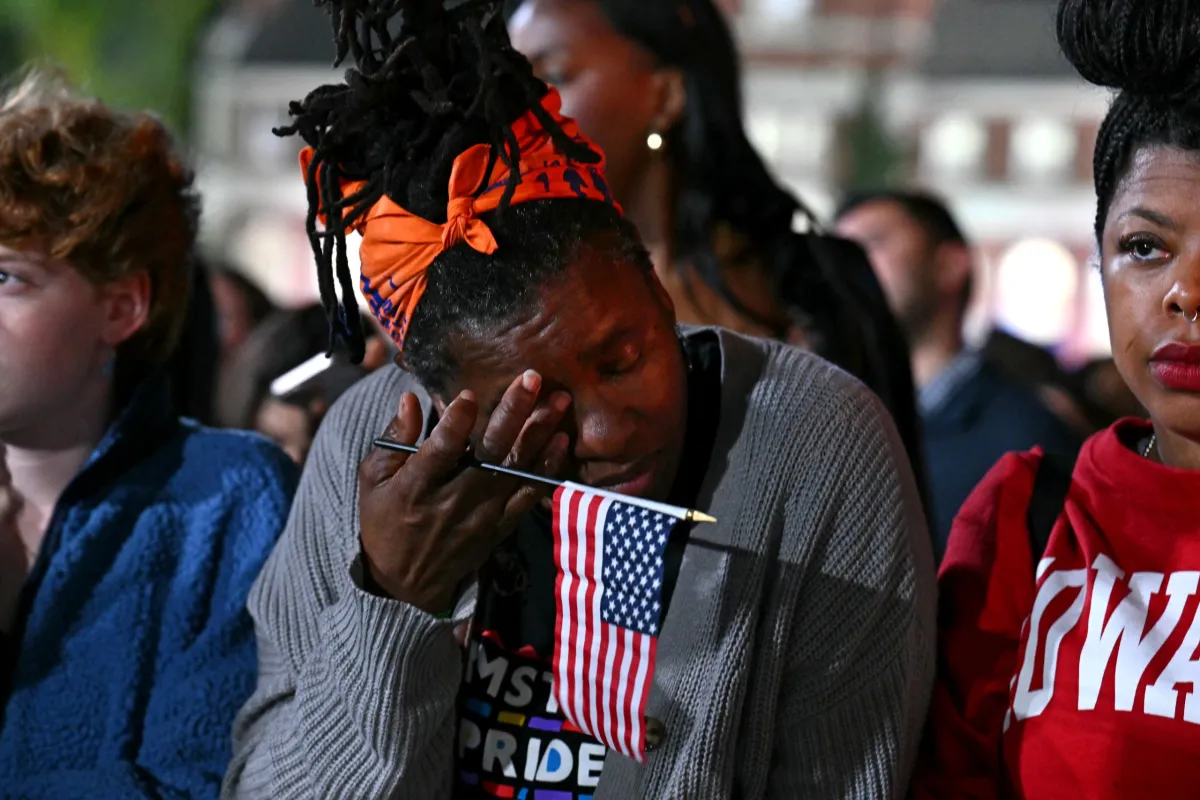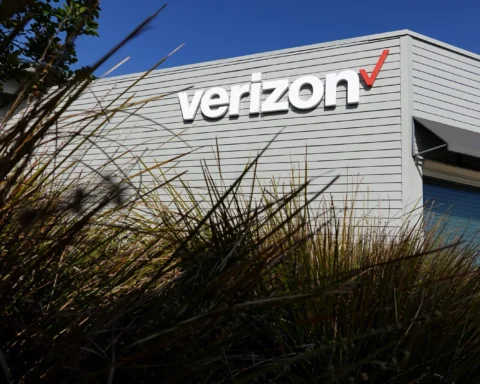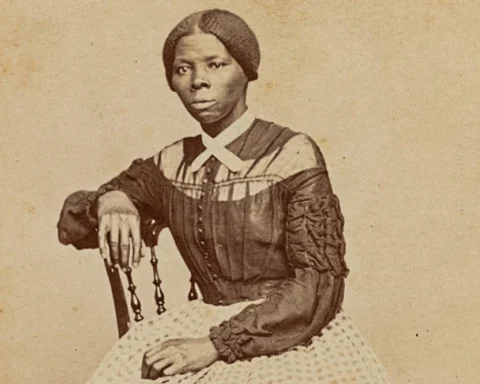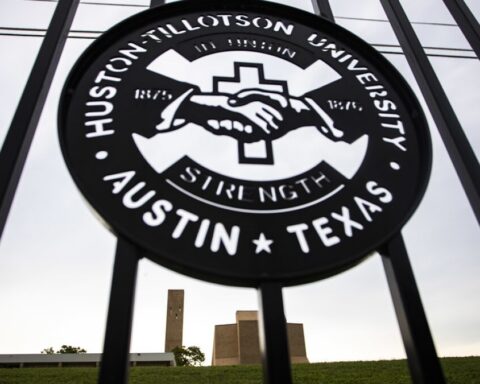By Shaun Harper
One day after Donald Trump was re-elected president of the United States, Black students across the country received racist text messages. This same thing happened within 10 days following the 2016 presidential election: Black freshmen at the University of Pennsylvania received messages via GroupMe with threats of being lynched; I was a professor there at the time. That it happened again—this time on a larger national scale—is one indicator of what is likely to ensue on college and university campuses over the next four years. As I insisted at Penn eight years ago, I maintain now that Black students must be protected from anti-Blackness and other encounters with racism.
Administrators must proactively put care-taking protocols and protective procedures in place as immediately as possible. They ought not wait for hate to show up. A colleague and I highlighted in a Los Angeles Times article how obviously unprepared campus leaders were to respond to tiki torch–carrying white nationalists who marched through the University of Virginia spewing antisemitic and racist chants eight months into the first Trump presidency.
The overwhelming majority of them were white men. The semester had just started at UVA—imagine how scary and devastating that experience was for Black first-year students who had relocated to Charlottesville a few days prior. Surely, many of them and their diverse peers felt gaslighted and unsupported when then-President Trump angrily proclaimed in a press briefing, “There were very fine people on both sides.”
A week after the Charlottesville tragedy, I was invited there to address all UVA employees in a large open forum. As noted in this Inside Higher Ed article at the time, I attempted to help them understand how anti-Blackness was not just the violence that poisoned their campus community six days prior.
Everyday encounters with racist stereotypes and microaggressions, the erasure of Black history and topics in the curriculum, the underrepresentation of Black professors and high-ranking campus leaders, and unresponsiveness to Black students’ reports of racism on campus and in the local community are some other ways in which anti-Blackness existed at predominantly white institutions like UVA at that time. Unfortunately, it still exists that way now and is likely to worsen over the next four years.
If President-elect Trump keeps his campaign promise to eliminate the U.S. Department of Education, federal protections for Black collegians and their peers who make campuses diverse (including Jewish and Muslim students) will be weakened. If the defunding and discontinuation of DEI programs, policies and professional roles accelerates as expected over the next four years, interracial conflicts between groups and violent attacks on students of color will probably occur. It also is possible that the bomb threats that HBCUs experienced a few years ago will happen again if no one in the White House or the federal government has plans to pre-emptively thwart them.
Reversals of Biden-Harris Title IX legislative progress will be especially harmful to women, including Black women collegians. Also, Black trans and genderqueer students (including, but not limited to athletes) will be among those whom transphobic rhetoric and policies harm. Noteworthy is that Black trans women are murdered at the highest rates among transgender Americans; the absence of federal protections on college campuses will place their lives at greater risk.
Furthermore, weakening accreditation agencies and deregulating for-profit institutions will have particularly devastating effects on Black women, a group on which these schools disproportionately prey and trick into taking on massive amounts of loan debt for degrees that fail to deliver occupational returns on investments.
As the second Trump administration retakes the White House and as Republicans control both the House and Senate, many campus leaders will attempt to protect their institutions from lawsuits, high-stakes congressional hearings, resistance from trustees and donors, and unwarranted features on conservative cable news shows and social media platforms.
In other words, they will take what I have termed a “lay low” approach to diversity, equity and inclusion. Doing so will be the wrong strategy for any college or university that is seriously committed to protecting Black, queer, Muslim, Jewish and other diverse student populations from violence and other forms of hate. A raceless, colorblind approach to dismantling racism is guaranteed to fail Black students.
More, not fewer, task forces for the protection of Black collegians are needed on campuses at this time. Without concrete policies and strategies, scenario planning, high-quality data on the campus racial climate and rigorous professional learning experiences that help all employees understand how anti-Blackness is experienced locally and what to do about it, there is a real chance that Black collegians will be even more susceptible to violence than they were during the first Trump presidency. These students deserve protection. And it cannot be just Black faculty and staff who take this on. The meaningful participation of white employees and leaders also is essential.





